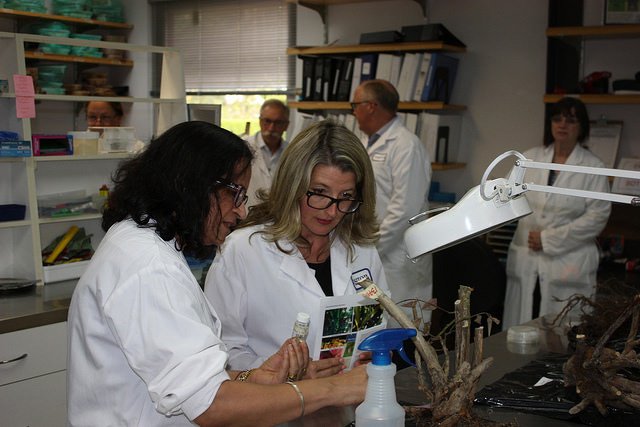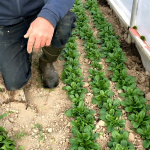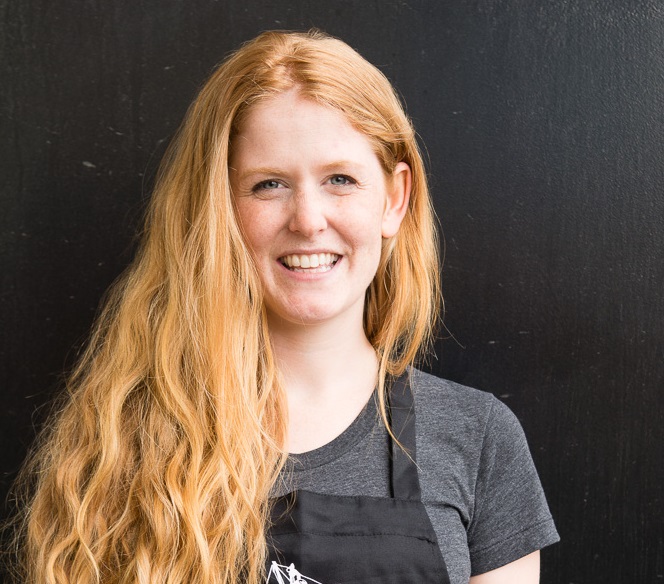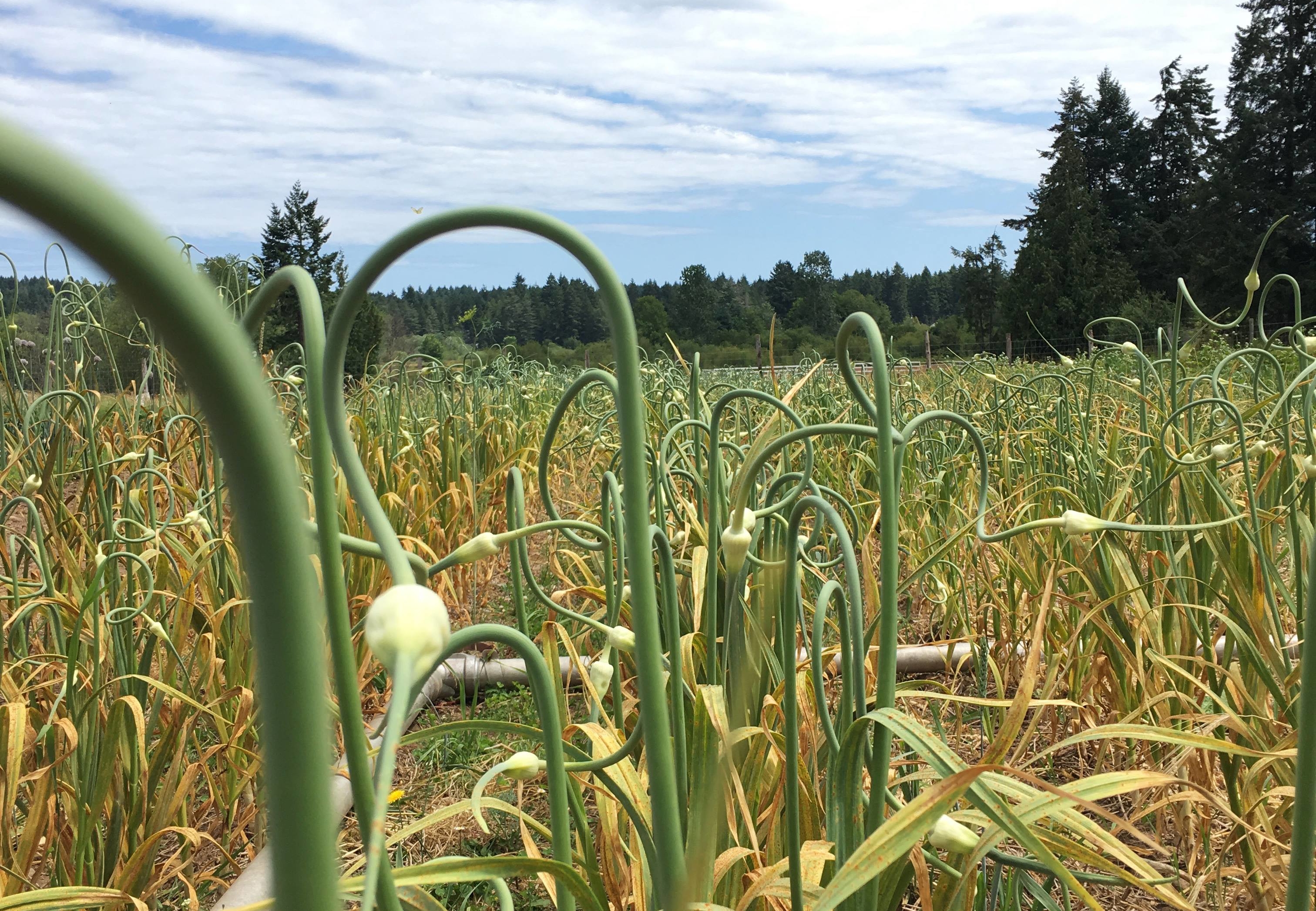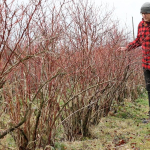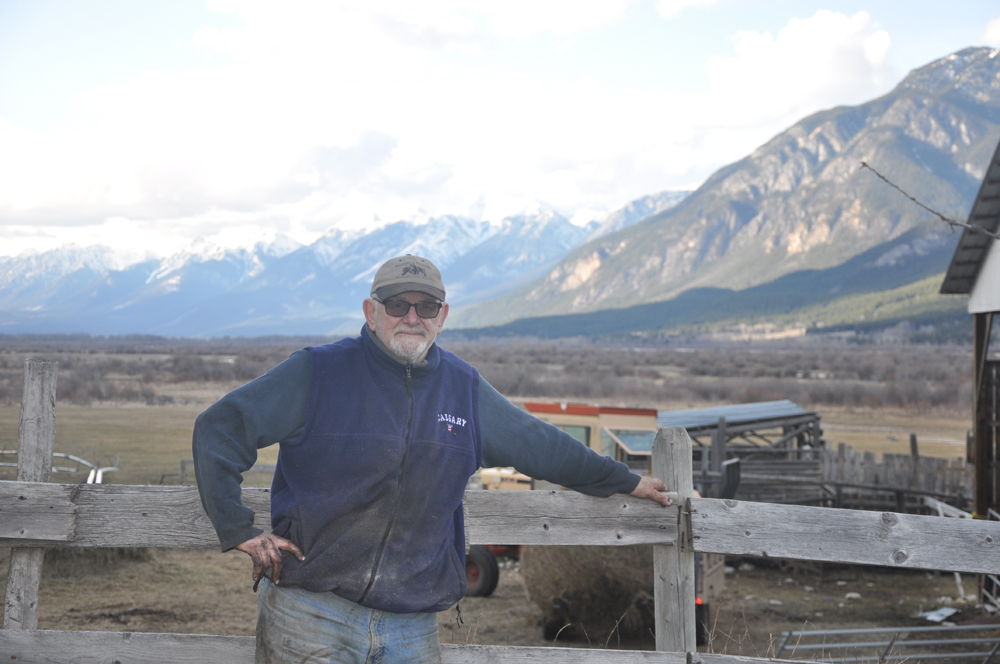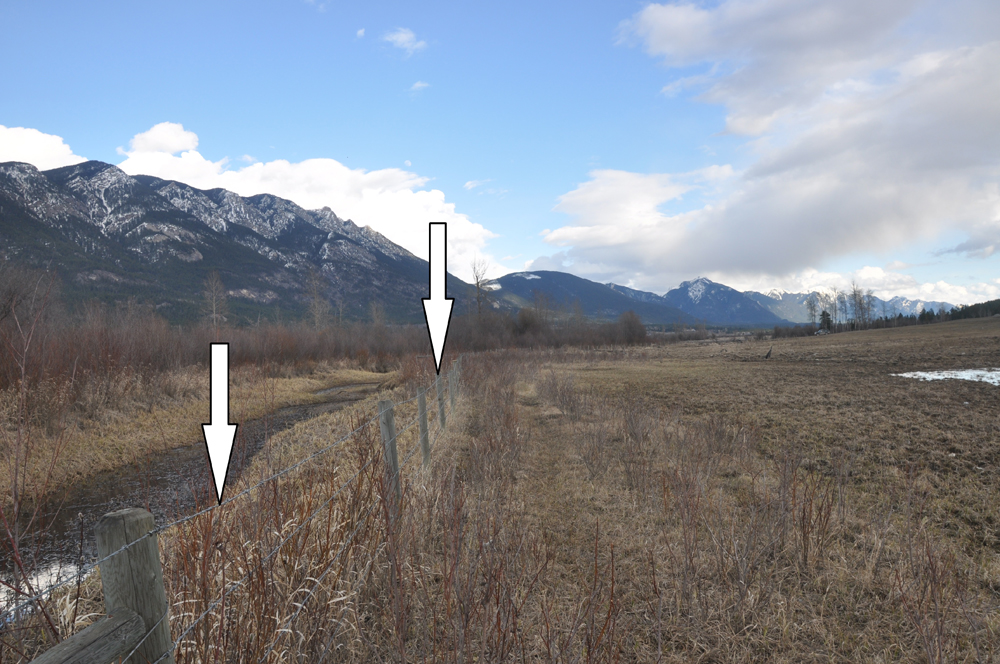Ask an Expert: BC Plant Health Laboratory
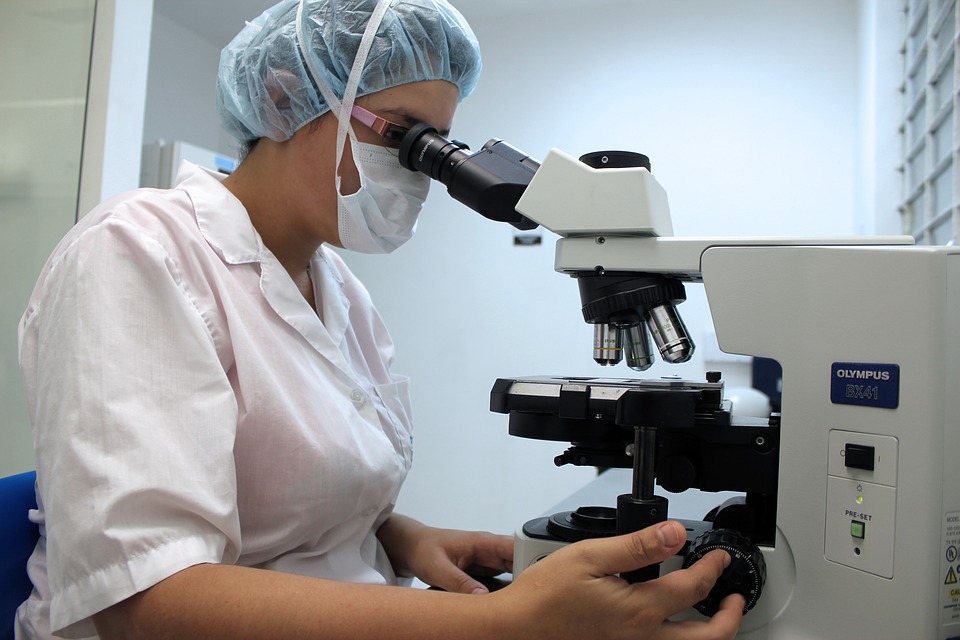
Plant Health Diagnostic Support for BC Producers
Emma Holmes, P.Ag
While we always hope that every farmer has a successful season and bountiful harvests, the reality is that there are endless factors to potentially derail those harvests. For me, the hardest part of farming was finding my crops decimated by pests or struggling to survive after getting hit with a disease. My heart sank when I found my previously healthy cucurbits drooping and turning brown in the greenhouse one morning and I felt panic when the arugula I was counting on for my CSA box was eaten by pests before I managed to snag it for my customers.When problems appear, an accurate and timely diagnosis is crucial. The BC Plant Health Laboratory, along with myself and colleagues at the BC Ministry of Agriculture (AGRI), are here to provide you with plant disease and insect identification support and management advice.The Plant Health Laboratory is located in the Abbotsford Agriculture Centre and has been operating year-round since 1967. The lab is fully equipped with state-of-the-art diagnostic technology and knowledgeable staff to diagnose plant health problems affecting crops and plants grown in BC, including:
- Plant diseases
- Non-pathogenic disorders
- Insect Pests
How to Take Advantage of AGRI’s Diagnostic Services
- Send me your field snaps
If you come across an unfamiliar insect or plant health issue, please send me a picture with a description of the problem to my email, Emma.Holmes@gov.bc.ca. I will share internally to see if identification of the issue is possible with a photo alone or if we need a plant sample for further analysis.
- Submit a sample to the lab
- Collect a sample that shows the problem. A whole plant with roots and soil is best. If the plants are small, send several. If insect damage is suspected, collect the insects. Refer to “How to Submit Plant Samples for Diagnosis” for detailed information on collecting and packaging a sample.
- Submit several plants or plant parts showing the various symptoms. It is better to submit too much of a specimen than too little (sending a whole plant, roots and all, doesn’t hurt).
Instructions on how to package and send a sample to the lab are available on the Plant Health Lab Submission Form available through the following link: https://www2.gov.bc.ca/assets/gov/farming-natural-resources-and-industry/agriculture-and-seafood/animal-and-crops/plant-health/plant_health_laboratory_sample_submission_form_apr_2018.pdf
Fill out the lab diagnostic submission form as thoroughly as possible to assist us in getting a better picture of what is happening in the field. Send (drop in, mail, or courier) packaged samples along with a completed submission form and appropriate payment to the address on the front page.
What information should you provide?
- Personal contact information (address, phone, fax, or email)
- Details on symptoms
- When problem was first noticed
- Indicate if the problem is spreading
- Number of plants or percentage of field affected
- Type of plant, age, condition of surrounding plants
- Site description (drainage, exposure, weather, irrigation etc.)
- Pesticide and fertilizer use (type, rate and date)
- Past and future crops grown on site
Shipping samples
There are multiple options for getting your samples to the Plant Health Laboratory. All samples should be delivered to the laboratory as early in the day as possible, and as early in the week. Samples should be adequately packaged to ensure that they are well-preserved and in a suitable condition for analysis when they arrive at the lab.
Please contact the laboratory with any questions.
Who may submit samples?
If you are a producer, home gardener, consultant, or industry group you can send samples to the lab.
Who receives the diagnostic report?
Results are sent to the submitter unless otherwise requested. Information on individual submissions is kept confidential.
What services are not available through the BC Plant Health Lab?
Analysis for soil, tissue, nutrient, or chemical residue is NOT available.
What services are available through AGRI staff?
If and operator reaches out to AGRI then we are able to provide some extension in the way of information resources, management advice, and a farm visit if feasible. This can really vary depending on the location, whether the problem is ongoing, the type of operation and, of course, what the issue is.
Sometimes the issue at hand is something that is abiotic (i.e. not caused by a pathogen or insect pest). In those cases, what the lab can do is rule out a pest issue as best as possible. It is then up to the operator and AGRI staff to do some brainstorming (and this is often based on crop history, past management, and also information resources that AGRI staff are able to provide) about what the issue could be and ways to make some changes in management and come up with some management options.
The BC Plant Health Lab is a useful resource for producers across B.C. Please don’t hesitate to be in touch with me if you have questions about the lab, or are interested in using it to get to the bottom of a plant health issue.
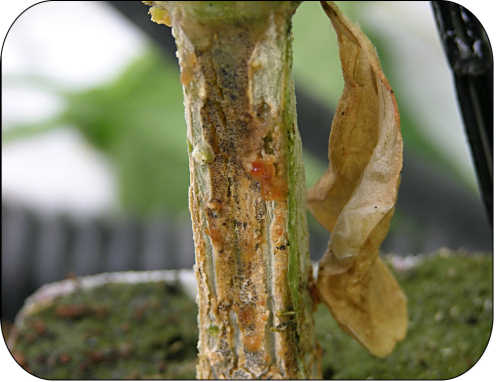
Example from the Field
Chris Bodnar of Close to Home Organics had noticed his cucumbers had scorched stems. He guessed it had to do with sun scorching the stems after transplanting, and decided to bring a sample to the lab for diagnosis.
He followed the sampling steps detailed earlier in this article, and the lab was able to determine the cause of the scorched stems was actually Gummy Stem Blight, a cucurbit rot disease caused by the fungal plant pathogen Didymella bryoniae. Gummy stem blight can be seed borne, and can be introduced to fields with infected seeds, seedlings, or transplants.
On learning the root cause, Chris connected the issues with his cucumber crop to a previous incident. “I remembered that the problem started one season when I bought cucumber plants from another farmer. The plants had stem issues and I’ve had this problem ever since.” Didymella bryoniaesurvives season to season if host plants are present, and can survive at least two years in the absence of host plants. It also survives on infected crop debris and weeds. It may also be spread around during picking and other field activities.
Susan Smith, AGRI Field Vegetable Specialist, advised picking from the rest of the field before picking from the infected plants. She also recommended using dedicated picking equipment (knives) for that section and sterilizing thoroughly before and after using them. Soil sterilization (ex. Solarisation), sanitation (for seeds greenhouse starts), and crop rotation are the best methods of preventing infection. Overhead irrigation should be avoided. Fall disking of crop debris (as deep as possible) and extended rotations can significantly reduce the amount of inoculum in infested fields.
“I’m glad to have a better idea of how to manage this issue moving forward,” explained Chris. “By knowing the cause of these problems, we can better develop a management plan on the farm to reduce the likelihood of gummy stem blight in the future.”
Emma Holmes has a BSc in Sustainable Agriculture and an MSc in Soil Science, both from UBC. She farmed on Orcas Island and Salt Spring Island and is how the Organics In- dustry Specialist at the BC Ministry of Agriculture. She can be reached at: Emma.Holmes@gov.bc.ca
All photos provided by the B.C. Ministry of Agriculture.


